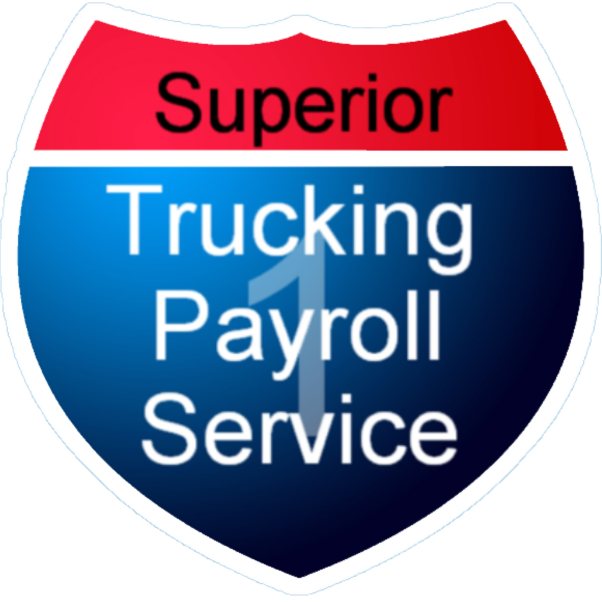If you’ve ever bounced over a deep pothole in early...
Read MoreIn the trucking industry, team driving has grown in popularity. What is team driving? It’s when two drivers split the duties of driving a single truck when hauling one load. This strategy has certain benefits but also comes with a distinct set of difficulties. The idea of team truck driving, its benefits, its drawbacks, and the best methods for success on the road will all be covered in this article.
Understanding Team Truck Driving
Team truck driving involves two professional drivers, often referred to as a “driving team” or “co-drivers,” operating the same truck to ensure continuous coverage on long-haul routes. While one driver operates the vehicle, the other can rest or sleep. This arrangement allows for extended driving hours and faster delivery times, making it particularly beneficial for transporting time-sensitive cargo.
Advantages of Team Truck Driving
Increased Mileage: Team drivers can cover significantly more miles in a day compared to solo drivers. This results in quicker deliveries, reduced transit times, and improved service for customers.
Enhanced Safety: With two drivers, there is always one person available to operate the vehicle while the other rests. This reduces the risk of driver fatigue, a common cause of accidents in the trucking industry.
Maximized Earnings: Team drivers often earn higher salaries than solo drivers due to increased mileage and faster turnarounds. The ability to split driving time can also mean more substantial paychecks.
Improved Vehicle Utilization: Trucks are in use around the clock, optimizing the efficiency of the company’s assets.
Challenges of Team Truck Driving

Close Quarters: Sharing a small space for an extended period can lead to interpersonal conflicts and require excellent communication and teamwork.
Schedule Coordination: Coordinating schedules can be challenging, especially when one driver is resting while the other drives. This requires careful planning to ensure seamless transitions.
Regulatory Compliance: Team drivers must adhere to Hours of Service (HOS) regulations, which limit driving hours and mandate rest breaks. Violations can result in fines and affect a company’s safety rating.
Limited Personal Time: Team drivers spend most of their time on the road together, which may limit personal time and individual freedom.
Best Practices for Successful Team Truck Driving
Effective Communication: Clear and constant communication between team members is essential. Discuss driving shifts, rest breaks, and potential issues regularly.
Shared Responsibilities: Beyond driving, responsibilities like navigation, vehicle maintenance checks, and trip planning should be shared equally.
Respect Personal Space: While in close quarters, respect each other’s need for personal space and downtime.
Compliance with Regulations: Stay informed about HOS regulations and ensure strict compliance to avoid legal issues.
Training and Compatibility: Companies should provide training for driving teams and consider compatibility when pairing drivers.
Well-Designed Rest Area: Create a comfortable sleeping environment in the truck’s sleeping berth, ensuring both drivers can rest well.

Regular Vehicle Maintenance: Prioritize vehicle maintenance to minimize breakdowns and delays.
Bottom Line:
Team truck driving offers numerous advantages in terms of efficiency, safety, and earning potential. However, it also comes with unique challenges that require careful planning and effective communication. When executed correctly, team driving can be a mutually beneficial arrangement for drivers and trucking companies alike, improving productivity and customer satisfaction on the open road.
Tessa joined Superior Trucking Payroll Service in September 2022. She loves to write and make videos which made her a great asset to the team in her marketing position.
Before working at Superior Trucking Payroll Service she worked in IT at GVSU which gave her the skills to problem-solve with customers over the phone.
Contact Us!
Is Superior Trucking Payroll Service Worth the Higher Cost?
You’re Not Just Buying Payroll — You’re Buying Peace of...
Read MorePayroll for Trucking Companies: We Help Your Whole Trucking Family Get Paid
If you’ve heard of Superior Trucking Payroll Service, you’ve probably...
Read MoreHow Do I Pay Myself If My LLC Is an S-Corp or C-Corp?
How do I pay myself if my LLC is taxed...
Read MoreMarch 2025 Driver Pay Update for Trucking Companies
Are your drivers leaving for better pay? Are you wondering...
Read More
